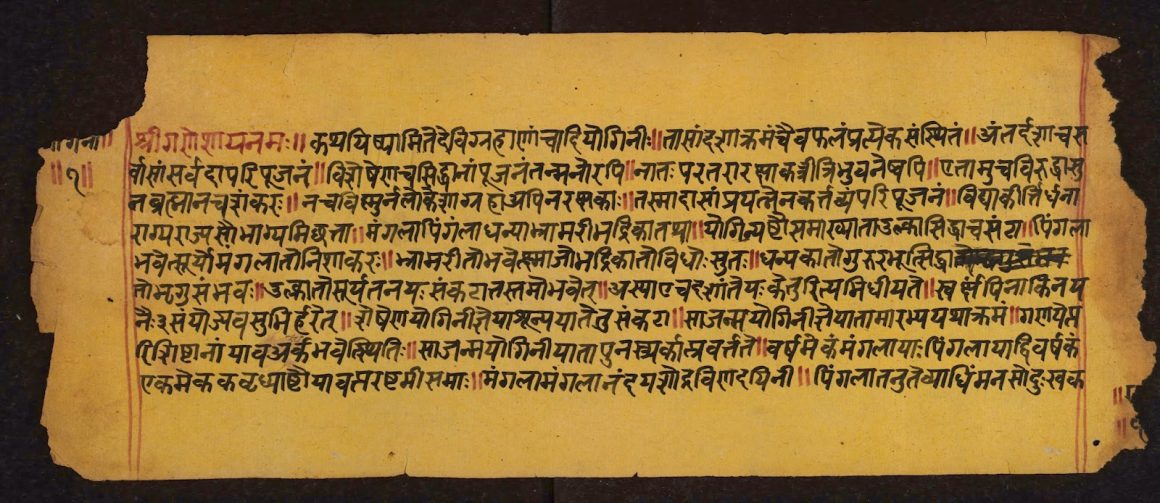Vedic Sanskrit or Aryam (Devanagari: आर्यम् IAST: āryam, “noble”) is an Indo-European language, more specifically one branch of the Indo-Iranian group. It is the ancient language of the Vedas of Hinduism, texts compiled over the period of the mid-2nd to mid-1st millennium BCE.[1] It was orally preserved, predating the advent of Brahmi script by several centuries. Vedic Sanskrit is an archaic language, whose consensus translation has been challenging.[2]
Extensive ancient literature in the Vedic Sanskrit language has survived into the modern era, and this has been a major source of information for reconstructing Proto-Indo-European and Proto-Indo-Iranian history.[3][4] Quite early in the pre-historic era, Sanskrit separated from the Avestan language, an Eastern Iranian language. The exact century of separation is unknown but this separation of Sanskrit and Avestan occurred certainly before 1800 BCE.[3][4] Avestan language developed in ancient Persia, was the language of Zoroastrianism, but was a dead language in the Sasanian period.[5][6] Vedic Sanskrit developed independently in ancient India, evolved into classical Sanskrit after the grammar and linguistic treatise of Pāṇini,[7] and later into many related Indian subcontinent languages in which are found the voluminous ancient and medieval literature of Buddhism, Hinduism and Jainism.






Leave a Reply